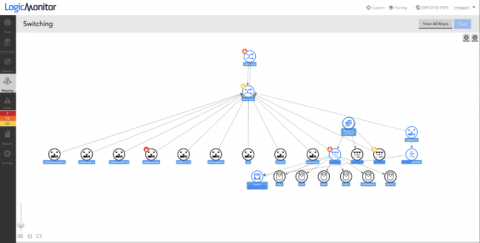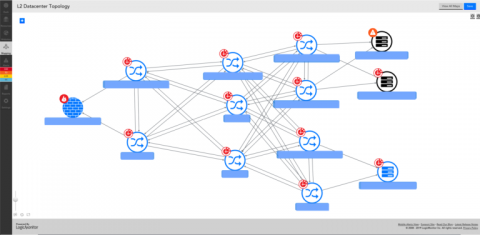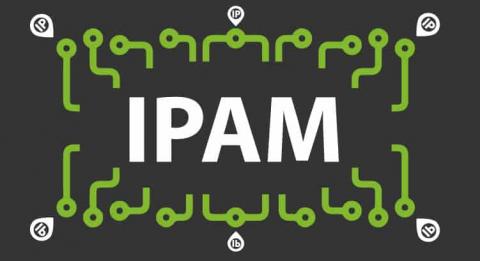Context is Key: Additive vs. Subtractive Topology
Understanding the context of an IT incident can greatly reduce the MTTR and enhance the ability to determine the root cause. In an IT environment, ‘context’ is used to refer to the subset of information necessary to troubleshoot and diagnose an incident, or event. For some scenarios, the context may be the downstream dependencies after a high availability pair of firewalls goes offline, and in others, it may be the datastore in contention from multiple VMs.










